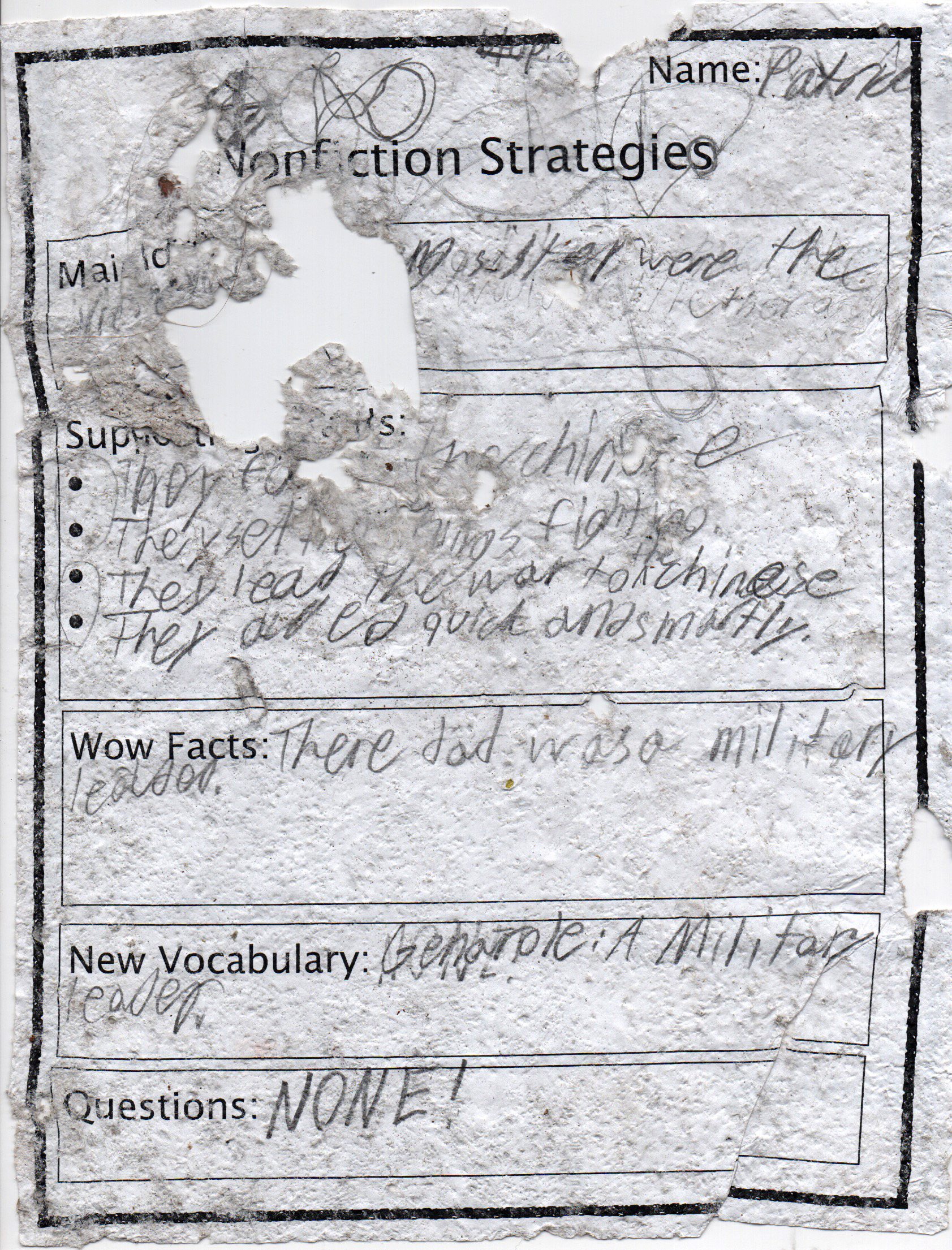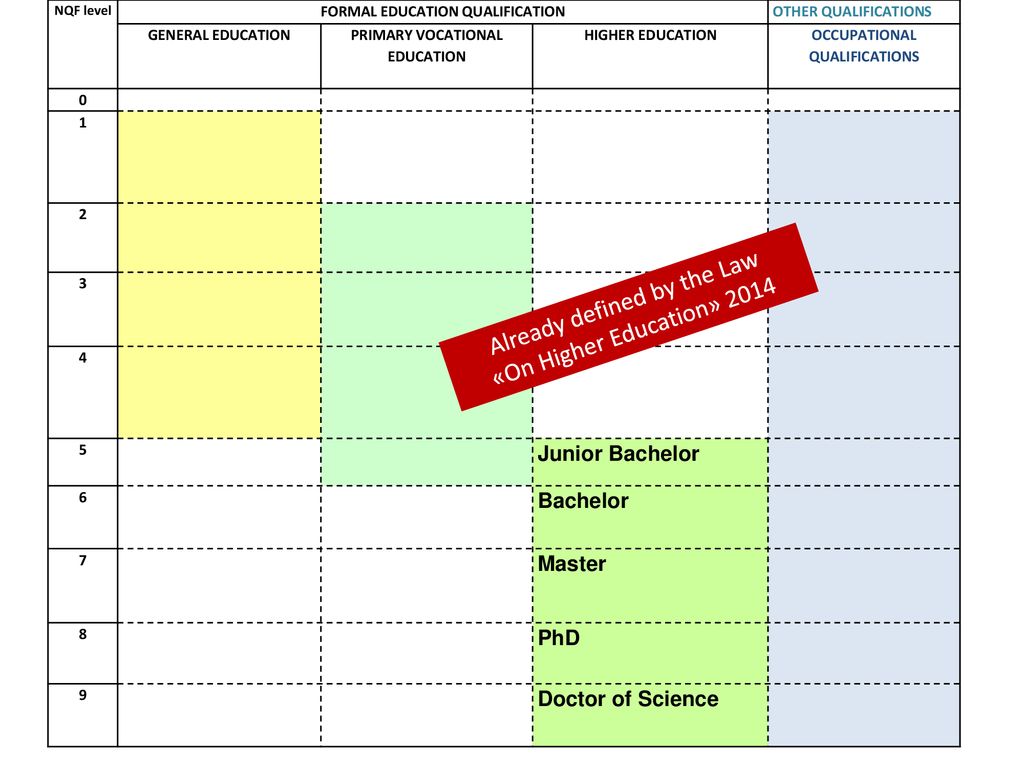Biology dissertation writings com 6 graphs by amyxnpiw - Issuu.
Perenniporia fraxinea is a species of poroid fungus in the family Polyporaceae.It is a plant pathogen infecting ash trees. See also. List of sweetgum diseases; References.Perenniporia is a cosmopolitan genus of bracket-forming or crust-like polypores in the family Polyporaceae.They are dimitic or trimitic with smooth, thick-walled basidiospores and cause a white rot in affected wood. Taxonomy. Perenniporia was proposed by American mycologist William Alphonso Murrill in 1943 to contain two species formerly placed in Poria, a genus formerly used to contain all.This is the species record for Perenniporia fraxinea which is generally accepted as the lowest biological taxon or classification for this form of life. The record is generally titled using the binomial, or two-part name, constructed from the genus; Perenniporia, the first part and the species; fraxinea, the second part.However things are never that straight forward and variation within the.
Cookies are small text files that contain a string of characters and uniquely identifies a browser. They are sent to a computer by website operators or third parties.Checklists containing Perenniporia fraxinea (Bull.) Ryvarden Ryvarden British Mycological Society GB Checklist of Fungal Names, version 2 (Recommended).

Perenniporia fraxinea is a fungal pathogen causing wood decay in roots and bole of a wide variety of broadleaf tree species. Despite its ecological importance, little is know about the infection.











